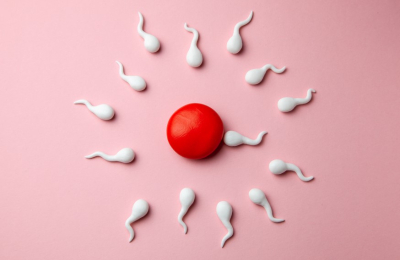
The systematic review and meta-analysis published on ScienceDirect investigates the stability of sperm concentration among fertile American men over a specified period. The research compiles data from multiple studies to assess whether there has been a significant change in sperm concentration. The findings indicate that sperm concentration has remained relatively stable, suggesting no dramatic decline in the reproductive health of this demographic. This stability is contrasted with some other studies suggesting global declines in sperm counts, highlighting the importance of localized data. The review also discusses potential factors influencing sperm concentration, such as lifestyle, environmental exposures, and socioeconomic conditions. The analysis concludes that while sperm concentration is stable among fertile American men, continued monitoring and research are necessary to understand long-term trends and potential regional differences.
Concerns have risen about a global decline in sperm concentration and male fertility over the past few decades. While some studies suggest this decline began as early as the 1930s, there is significant debate regarding its presence, extent, and clinical relevance, especially across different populations. In the U.S., research has produced mixed results. To clarify this, groups from Ohio and Texas conducted a systematic review and meta-analysis of sperm concentration trends among U.S. men, focusing on 58 studies involving 11,787 men with proven fertility or presumed fertility. The findings revealed no significant change in sperm concentration between 1970 and 2018, consistent across various subgroup and sensitivity analyses.
Only one model, which adjusted for both U.S. census region and fertility status, predicted a small annual decline of –0.35 million/mL, much lower than declines observed globally and of limited clinical significance. Moreover, fertile men had slightly lower sperm concentrations than men with unknown fertility status, further supporting the stability of sperm concentration in the U.S. population.
These results contrast with global meta-analyses, suggesting that U.S. sperm concentrations have remained stable over the past 50 years, and regional variations may play a role in global trends. Although this study excluded infertile men, the findings provide reassurance that a widespread decline in male fertility may not be imminent in the U.S. population. However, further research is needed to explore sperm concentration trends in subpopulations and investigate potential causes, such as environmental factors, lifestyle, and obesity.








































































